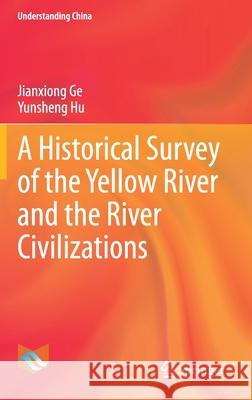A Historical Survey of the Yellow River and the River Civilizations » książka
topmenu
A Historical Survey of the Yellow River and the River Civilizations
ISBN-13: 9789813344808 / Angielski / Twarda / 2021 / 242 str.
A Historical Survey of the Yellow River and the River Civilizations
ISBN-13: 9789813344808 / Angielski / Twarda / 2021 / 242 str.
cena 443,82
(netto: 422,69 VAT: 5%)
Najniższa cena z 30 dni: 424,07
(netto: 422,69 VAT: 5%)
Najniższa cena z 30 dni: 424,07
Termin realizacji zamówienia:
ok. 22 dni roboczych.
ok. 22 dni roboczych.
Darmowa dostawa!
Kategorie BISAC:
Wydawca:
Springer
Seria wydawnicza:
Język:
Angielski
ISBN-13:
9789813344808
Rok wydania:
2021
Wydanie:
2021
Numer serii:
000467126
Ilość stron:
242
Waga:
0.53 kg
Wymiary:
23.39 x 15.6 x 1.6
Oprawa:
Twarda
Wolumenów:
01
Dodatkowe informacje:
Bibliografia
Wydanie ilustrowane
Wydanie ilustrowane











